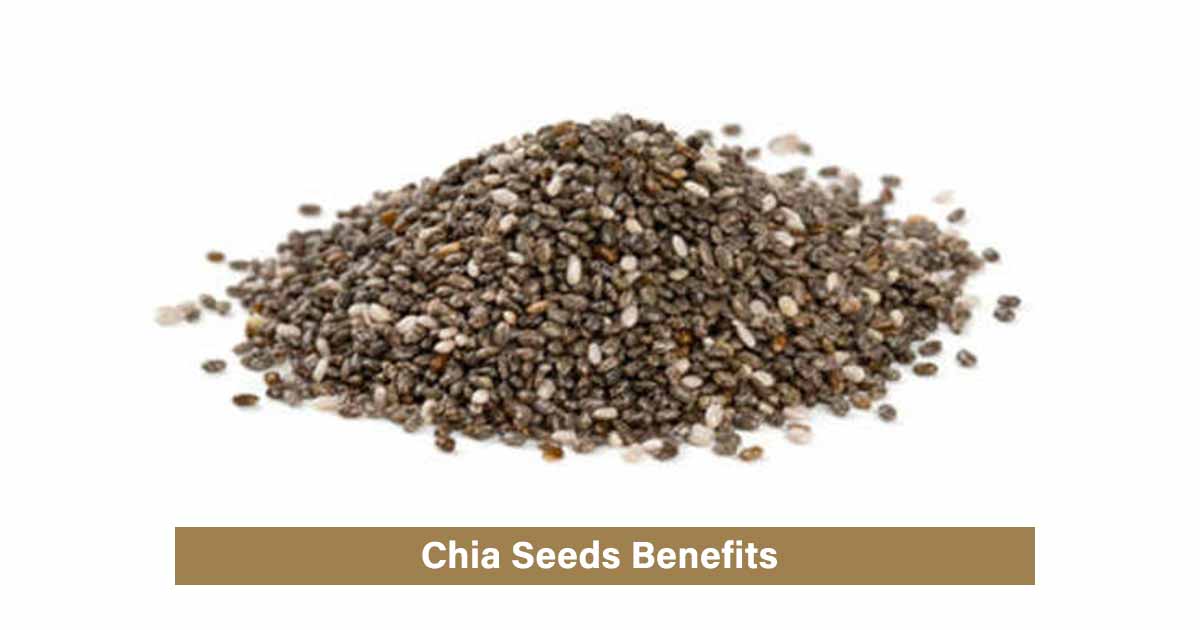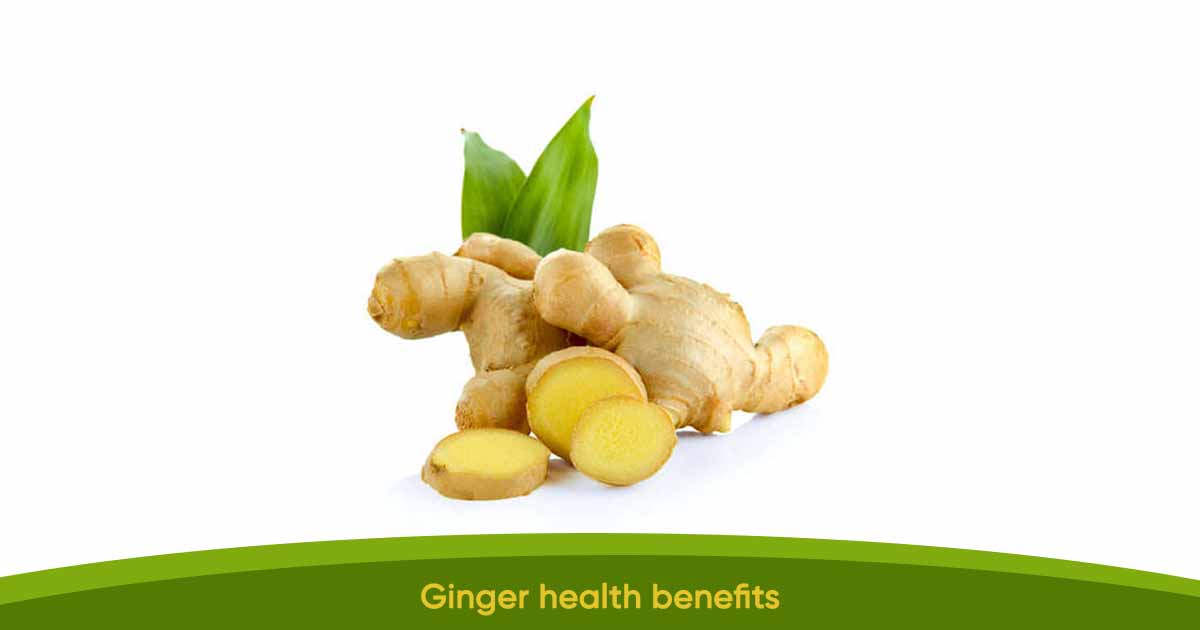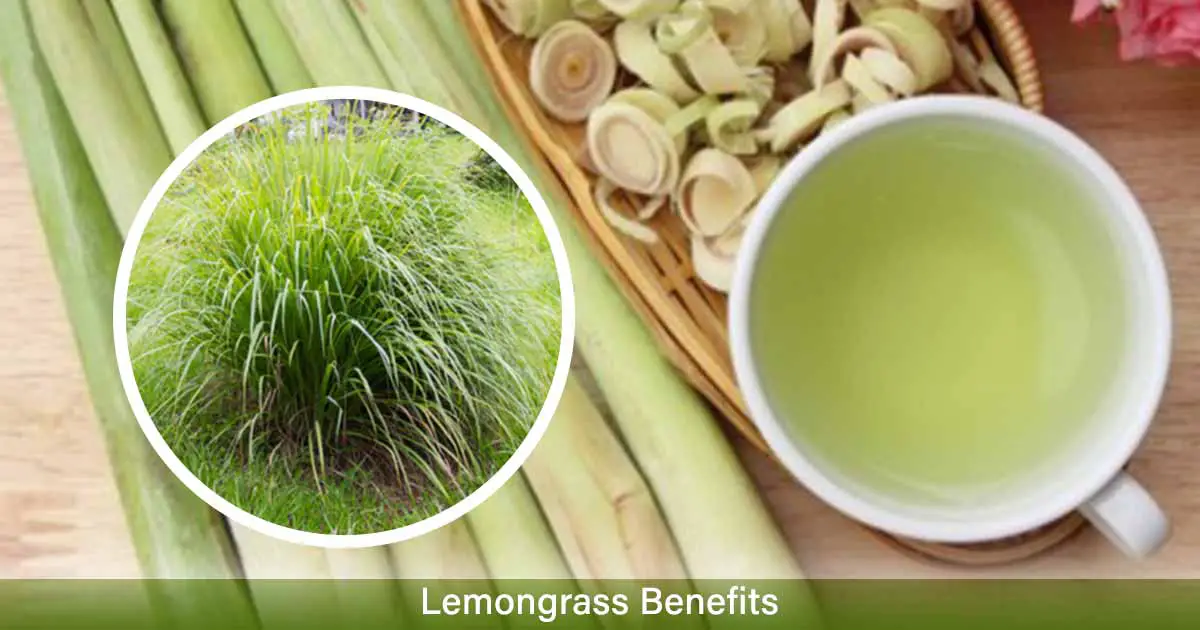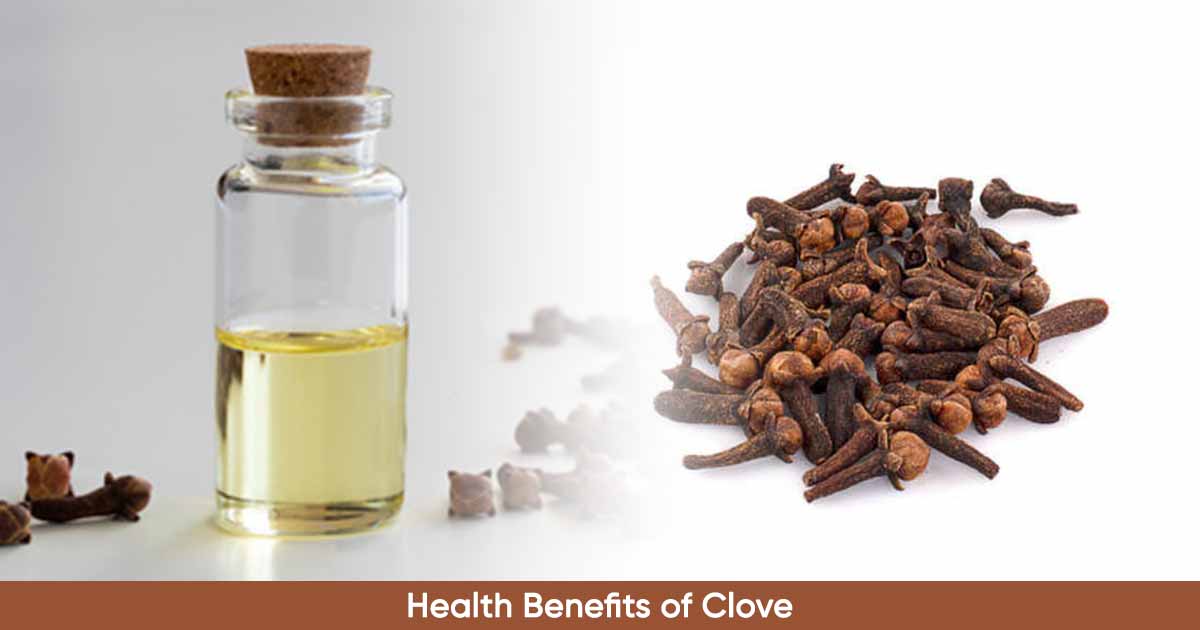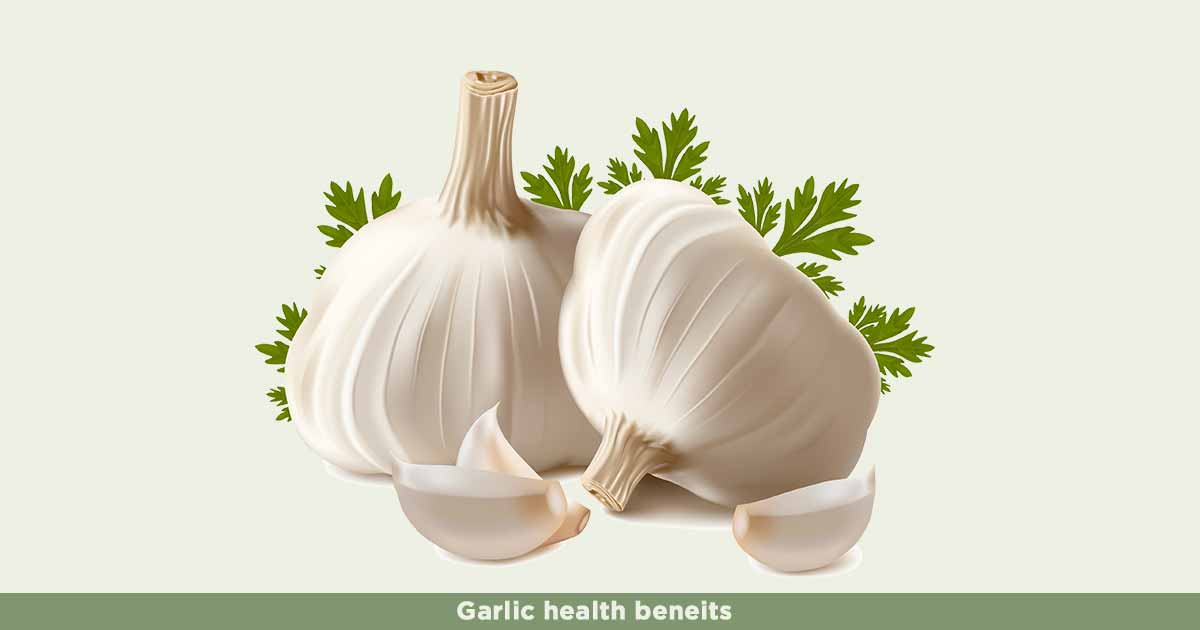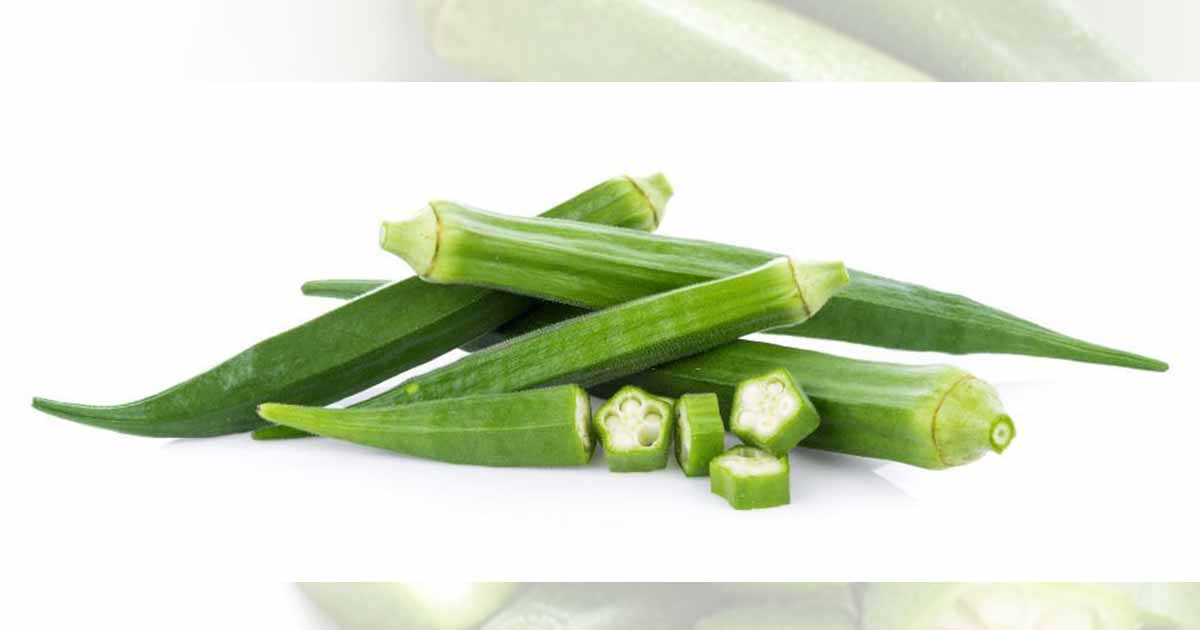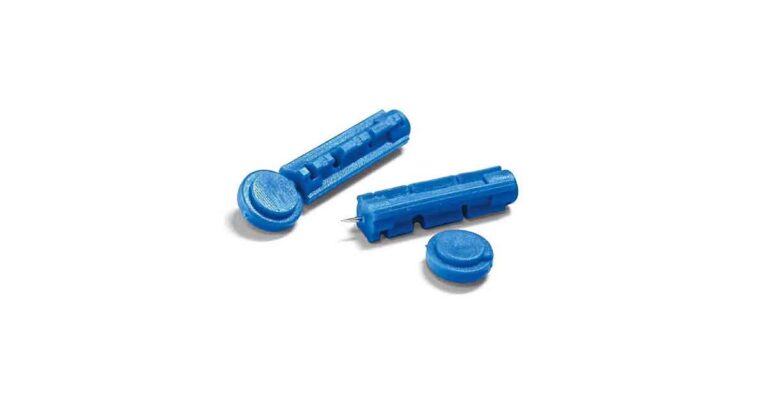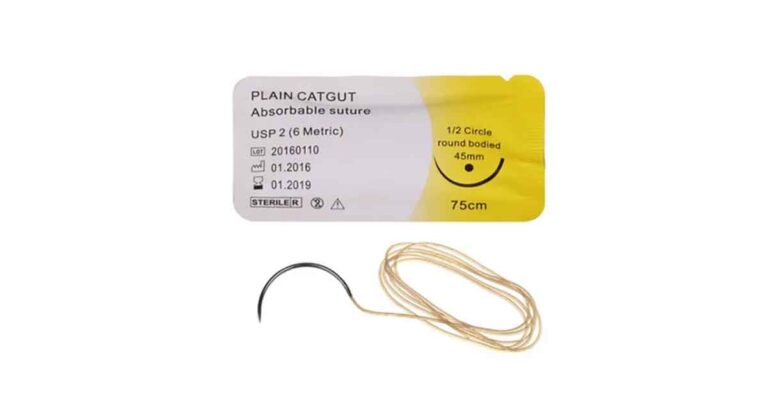Chia plant, Salvia hispanica L. is a desert plant, and the source of chia seeds. It is one of the ancient staple of the Aztec and Mayan diets. It is an annual plant from the Lamiaceae family. The plant can grow to 1 m in height, and the seed is smooth, shiny, comes in brown or grey color with black spots.
The plant grows in warm temperature of about 15-30 °C. Other features of the plant are purple or white flowers, fruits with many oval seeds. The word Chia is from a Náhuatl word ‘Chian’, which means oily. The plants originate from Southern Mexico and northern Guatemala. Chia now grows in Argentina, Ecuador, Peru, Paraguay, Bolivia, Guatemala, Australia, and African countries such as Kenya, Rwanda, Uganda, and Tanzania.
Chia seed has become in demand in the healthy food market, as a superfood because of the nutritional benefits. Bakers include it in bread, smoothies. Because of the mild flavour, it is now used in soups, and sprinkling on top of salads.
Another plant, Salvia columbariae, is a slightly different plant that grows in ancient Mexico, and exists in California, Nevada, Arizona, and New Mexico.
Bioactive Elements in Chia Seeds
Chia seeds contain polyphenols such as gallic, caffeic, cinnamic and ferulic acids, mycertin, quercetin, kaempferol, rosmarinic acid, epicatechin, rutin, apigenin and p-coumaric acid. There are small quantities of isoflavones like daidzein, genistein, glycitein, and genistin.
There are also phytosterols, such as campesterol, stigmasterol, β-sitosterol. Tocopherols types such as α-tocopherol, γ-tocopherol and δ-tocopherol exist.
Nutritional Content of Chia Seed
Chia seeds contain high dietary fibre (30–34 g approx.) and a high content of polyunsaturated fatty acids. The dietary fibre is higher than dried fruits, cereals, or nuts. The fats are mostly polyunsaturated fatty acids, mainly α-linolenic acid (ALA), with small amounts of linoleic, oleic and palmitic acids. Omega-3 acids and omega-6 acids are in great quantity too, even greater than in flaxseed.
The seed also contains proteins (18–24% their mass). The protein content is higher than maize, bailey, oats, rice. It has 18 amino acids, both exogenous and endogenous such as arginine, leucine, phenylalanine, valine, lysine, glutamic and aspartic acids, alanine, serine and glycine.
Chia seeds contain minerals like calcium, potassium, calcium, magnesium, phosphorus. It is also a rich source of vitamins such as vitamin A, K, E, D, vitamin B1, vitamin B2, and niacin. Compared to cow milk, chia seeds contain 11 times more phosphorus, 4 times more potassium, and 5 times more calcium. It has more calcium than rice, bailey, oats and corn.
Nutritional Content of Chia Seeds (USDA)
Chia Recipes
Chia can be added to smoothies and juices. Some of the recipes that we can achieve with chia seeds are:
Chia Fresca:
- Mix 2 to 3 tablespoon lemon juice, 1-2 teaspoons chia seeds, and 12 ounce cold, drinking water.
- Allow it for 5 minutes and add sweeteners if you desire.
Lemon Chia Seed Muffins:
- Preheat the oven at 375°F. Line the muffin pan with a cake liner, and coat lightly with cooking spray.
- Whisk together flour, sugar, baking powder, and salt in a big bowl
- In a separate bowl, mix ricotta cheese, water, olive oil, lemon zest, and egg. Do not over mix.
- Create a well in the middle of the dry ingredients, and pour the weight ingredients,. Mix them with a wooden spoon.
- Add the chia seed to the batter and divide into prepared muffin pan using a large scoop.
- Bake for 16 minutes and allow to cool. Store in an airtight container.
Fresh Berry Chia Seed Jam:
- Combine 1 tablespoons of chia, warm water, 1 teaspoon vanilla, ½ tablespoons of honey, granulated sugar and 1 cup berries.
- Blend the mixture.
- Put in airtight container and serve after refrigerating for at least 60 minutes.
Banana Chia Pudding:
- Mash the ripe bananas in a large bowl. Stir in non-dairy milk, and 6 tablespoons of chia and mix.
- Let it set for 30 minutes, and stir again after the 30 minutes.
- Cover and place in refrigerator for 6 hours.
- Garnish it with coconut flakes, sliced banana or shaved chocolate.
Chia seed cracker:
- Stir water and the chia seeds, allow for 10 to 20 minutes to form gel.
- Add sea salt, spices, and other seeds such as hemps, pumpkin or sesame.
- Spread on dehydrator, and dehydrate at 107F for 12 hours flipping halfway through.
- Spread the cracker with salsa, cilantro, and sprinkle with hemp seeds. Or you can serve with hummus or cucumber.
Chia Tortillas
- Combine chia and water, allow for 5 minutes.
- To the chia mixture, add 1/4 c tapioca flour, 1/2 c buckwheat flour and stir the mixture in coconut oil.
- Roll the dough into circles. If the dough cracks, add coconut oil, or add buckwheat flour if it is sticky.
- Fry the tortilla in a pan using a medium heat until golden brown.
Uses and Health Benefits of Chia Seeds
Antioxidants: During oxidation in the body, free radicals are generated. These free radicals cause diseases such as heart diseases, stroke, inflammation, ageing, Parkinsons disease, Alzheimer’s disease and some form of cancer.
Chia seeds contain antioxidants such as tocopherols, sterols, vitamin E and polyphenolic compounds such as quercetin, kaempferol, protocatechuic acid, rutin, p-coumaric acids, chlorogenic acid that prevent oxidative stress.
Emulsifying/Thickening agent: Chia seeds form gel when allowed inside water for 30 minutes. This chia seed gum is a slimy material that is gelatinous in nature because of the water-soluble fiber of the seed. This may be used as an emulsifying agent in food.
Gluten-free: The seed is gluten-free, which makes it a favorable diet for celiac patients.
Excellent for the heart: Chia seed contains 26–35% oil by weight. It is a rich source of the omega-3 fatty acids type called alpha-linolenic acid (ALA). The human body converts the ALA to eicosapentaenoic acid (EPA) and docosahexaenoic acid (DHA).
The EPA and DHA reduces the risks of heart diseases, cholesterol buildup, high blood pressure. They also help in cognition. A tablespoon of chia seeds, just like the walnuts, contains approximately 2.5g of ALA. The American Heart Association recommends a total intake of 1.5 to 3 grams per day for ALA, and intake of intakes of EPA+DHA ranging from 0.5 to 1.8 grams per day from fatty fish or supplements to curb deaths from heart conditions.
Rich source of dietary fibre: Chia contains as twice the value of fibre in bran, and 4 to 5 times the amount in almonds, soy, quinoa or amaranth. Fibre helps in preventing digestive problems, diabetes, colorectal cancer, coronary heart disease, kidney stones, hemorrhoids, and circulatory diseases.
Dietary fibre is good for digestion as they regulate bowel movement.
Blood pressure lowering: Consuming chia seeds may cause lowering of systolic blood pressure and C-reactive protein concentration in the blood plasma of diabetic patients. Potassium content is good for lowering the blood pressure.
Weight: In a study, chia causes an increase in adiponectin, reduction in C-reactive protein, and weight loss. Adiponectin protects against insulin resistance/diabetes and atherosclerosis.
Fertility: Chia seeds contain omega-3 fatty acids that help to regulate hormones, promote ovulation and improve uterine health.
Pharmaceutical preparations: Chia oil can be incorporated into oil-in-water (O/W) as an omega-3 fatty acid delivery system in food matrices. Also, spray dried chia seed oil (CSO) microcapsules were prepared by using chia seed protein isolate (CPI), chia seed gum (CSG), and a CPI-CSG complex coacervate as shell materials.
Cholesterol control: Chia seed may reduce the total cholesterol as it contains soluble fibre. Fibre helps to lower low-density lipoproteins.
Diabetes: Fibre slows down digestion and prevents spikes in blood sugar after eating a meal.
Cancer: The seed is a good source of omega-3 acid, or alpha-Linolenic acid (ALA). According to studies, ALA induces breast cancer cell apoptosis, inhibits the invasion and metastasis, and arrests cell cycle in breast cancer cells.
Dental care: Since the seed contains calcium in abundance, it can help to strengthen the teeth. The zinc content also prevents plaque accumulation in the teeth.
Other Uses of Chia Seeds
Other uses of chia seeds are in the food industry as flour, gel, oil, or in ground form. It can be mixed with biscuits, cereals, cakes, pasta and pastes. Chia is hydrophobic and can absorb 12 times water their weight, hence it can be used as a substitute for egg or fat.
Chia mucilage is used in the food industry as a foam stabilizer, binder, emulsifier, suspending agents due to its viscosity and ability to hold water.
Taking Chia Seeds in Pregnancy
Chia seeds are safe in pregnancy and no serious side effects have been observed on the mother or fetus. However, it is good to take this seed in moderation, like not exceeding 1 ounce of the seeds per day.
Side Effects of Chia Seeds
There are few known side effects of chia, but some people may experience allergic reactions, digestive issues such as constipation, bloating. The side effects are not common. People with dysphagia (difficulty swallowing) shout take chia with caution.
Also, in a report by the American College of Gastroenterology Annual Scientific Meeting in 2014 described a case of a person who ate dry chia seed and drank water. The chia seed expanded in the esophagus and caused a blockage. Chia swells after absorbing water so it is better to soak it in liquid first, or serve with yorghurt, other moist foods.
Resources:
- https://www.researchgate.net/publication/317903496_Chia_seeds_Salvia_hispanica_health_promoting_properties_and_therapeutic_applications_-_a_review
- https://academicjournals.org/journal/AJFS/article-full-text-pdf/310BC7365996
- https://repository.arizona.edu/bitstream/handle/10150/625408/az1692-2016.pdf?sequence=1&isAllowed=y
- https://www.researchgate.net/publication/338111762_Chia_Seeds_Salvia_Hispanica_L_An_Overview-Phytochemical_Profile_Isolation_Methods_and_Application
- https://coosheadfood.coop/sites/default/files/20/chia_seeds.pdf

